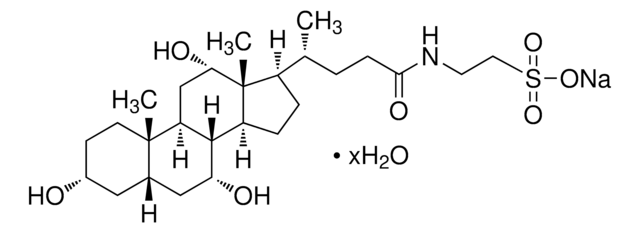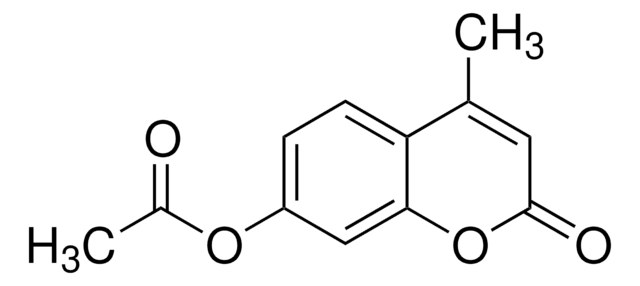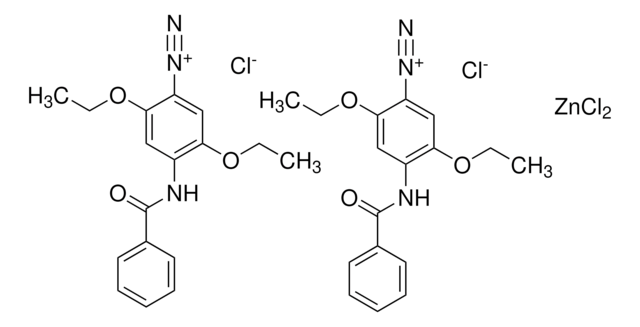N6875
2-Naphthyl acetate
Synonym(s):
β-Naphthyl acetate
About This Item
Recommended Products
form
powder
impurities
<0.2% Free naphthol
mp
67-70 °C (lit.)
solubility
ethanol: 50 mg/mL
storage temp.
−20°C
SMILES string
CC(=O)Oc1ccc2ccccc2c1
InChI
1S/C12H10O2/c1-9(13)14-12-7-6-10-4-2-3-5-11(10)8-12/h2-8H,1H3
InChI key
RJNPPEUAJCEUPV-UHFFFAOYSA-N
Looking for similar products? Visit Product Comparison Guide
Application
- in substrate sodium dodecyl sulfate-polyacrylamide gel electrophoresis (SDS-PAGE) to examine the composition of lipases in larvae and adult specimens
- in the preparation of zymograms to identify proteins with lipase activity
- to measure non-specific esterase activity and β-esterase enzyme activity
Biochem/physiol Actions
Signal Word
Danger
Hazard Statements
Precautionary Statements
Hazard Classifications
Eye Dam. 1
Storage Class Code
11 - Combustible Solids
WGK
WGK 3
Flash Point(F)
Not applicable
Flash Point(C)
Not applicable
Personal Protective Equipment
Certificates of Analysis (COA)
Search for Certificates of Analysis (COA) by entering the products Lot/Batch Number. Lot and Batch Numbers can be found on a product’s label following the words ‘Lot’ or ‘Batch’.
Already Own This Product?
Find documentation for the products that you have recently purchased in the Document Library.
Customers Also Viewed
Our team of scientists has experience in all areas of research including Life Science, Material Science, Chemical Synthesis, Chromatography, Analytical and many others.
Contact Technical Service












